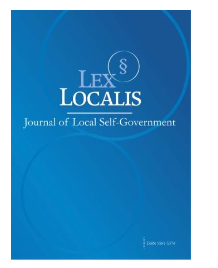RELATIONSHIP BETWEEN DIGITAL TOOLS AND ACADEMIC PERFORMANCE: A STATISTICAL APPROACH
DOI:
https://doi.org/10.52152/801952Keywords:
digital tools, academic performance, correlation, multiple regression, digital self-efficacyAbstract
This study examines the relationship between the use of digital tools and academic performance in university students using a quantitative and statistical approach. A questionnaire was administered to 250 students from a Latin American university about their frequency and mastery of digital tools (online platforms, educational applications, collaborative networks, etc.), and their academic averages for the semester were collected. Correlation analysis (Pearson and Spearman), multiple linear regression, and structural equation modeling (SEM) were applied to evaluate the direct and indirect influence of mediating variables such as digital self-efficacy. The results show a moderate positive correlation between variables, and regression indicates that digital proficiency and self-efficacy explain a significant percentage of the variability in academic performance. It is concluded that the adequate incorporation of digital tools, together with training and support, can favor academic performance. Recommendations for educational institutions are proposed, as well as lines of future research.
Downloads
Published
Issue
Section
License
Copyright (c) 2025 Lex localis - Journal of Local Self-Government

This work is licensed under a Creative Commons Attribution-NonCommercial-NoDerivatives 4.0 International License.








